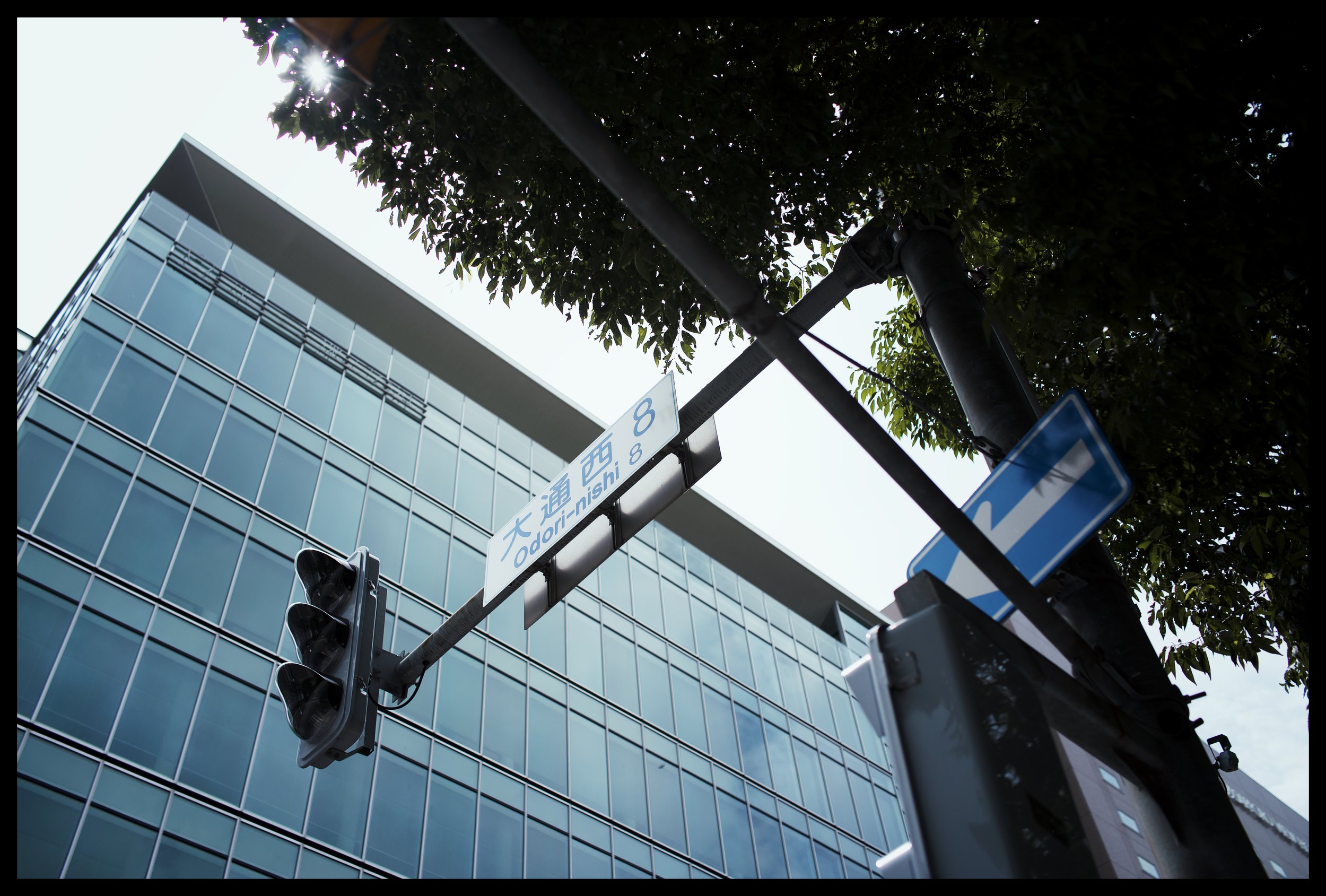Botanic Garden Hokkaidō University 北海道大学植物園
The Hokkaido University Botanical Gardens (北海道大学植物園, Hokkaidō Daigaku Shokubutsuen, 13.3 hectares) are botanical gardens operated by Hokkaido University. They are located at North 3, West 8, Chūō-ku,[1] Sapporo, Hokkaidō, Japan, and open daily; a small admission fee is charged.
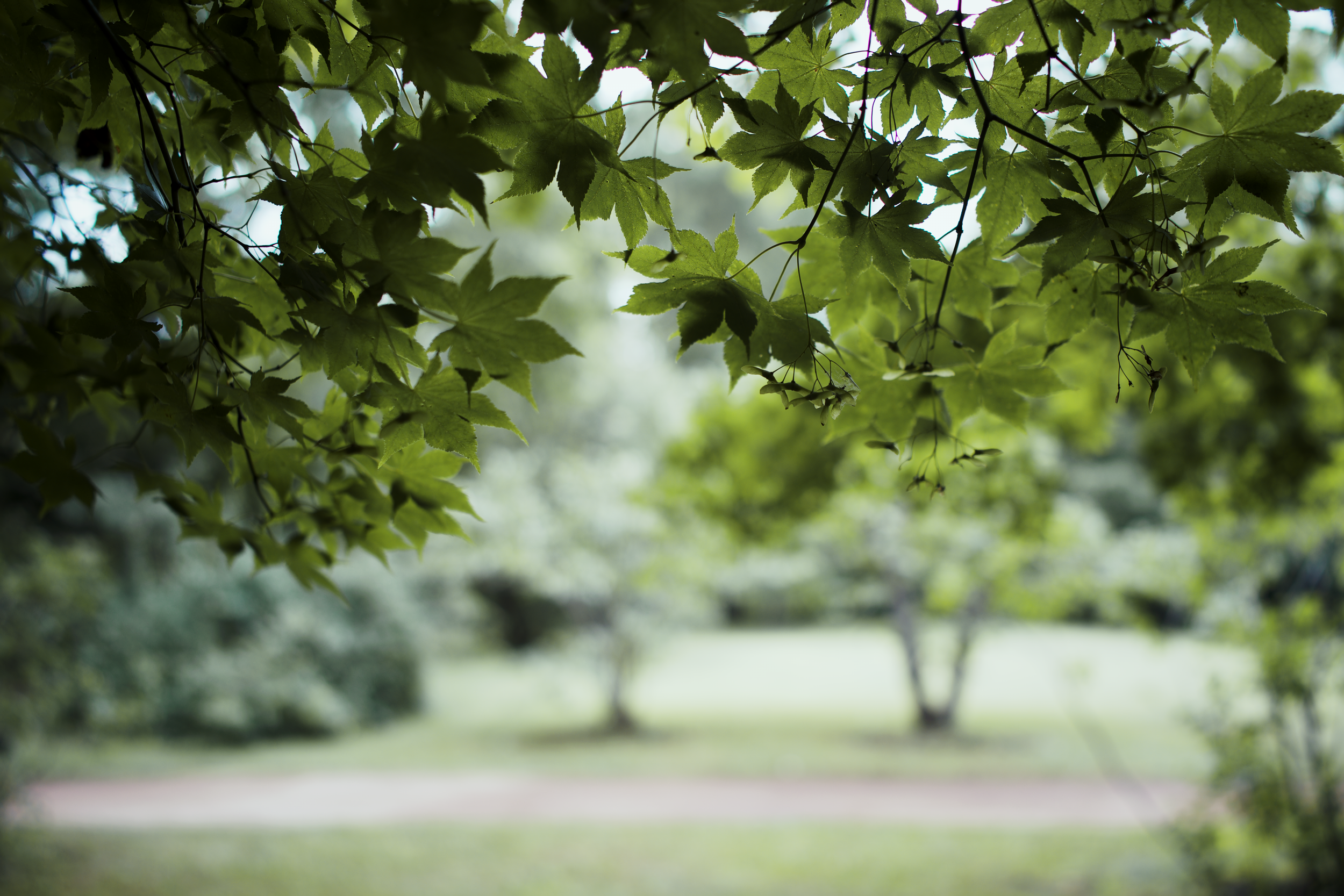
The gardens were established in 1886 as part of the Old Sapporo Agricultural College, and are now the second oldest botanical gardens in Japan (after Koishikawa Botanical Garden). Today they form part of the university’s School of Agriculture, and contain a small part of the forest formerly covering the Ishikari Plain, plus collections of over 4,000 plant species, including alpine plants, wild plants from Hokkaidō, and the oldest lilac in Sapporo. Serious typhoon damage was sustained in 2004.
The gardens also contain early Hokkaidō homes, a tropical greenhouse, and the Natural History Museum (built 1884), which exhibits Ainu artefacts, local archaeological and biological specimens, and the stuffed body of Taro, one of two surviving sled dogs from Japan’s 1958 Antarctica mission.
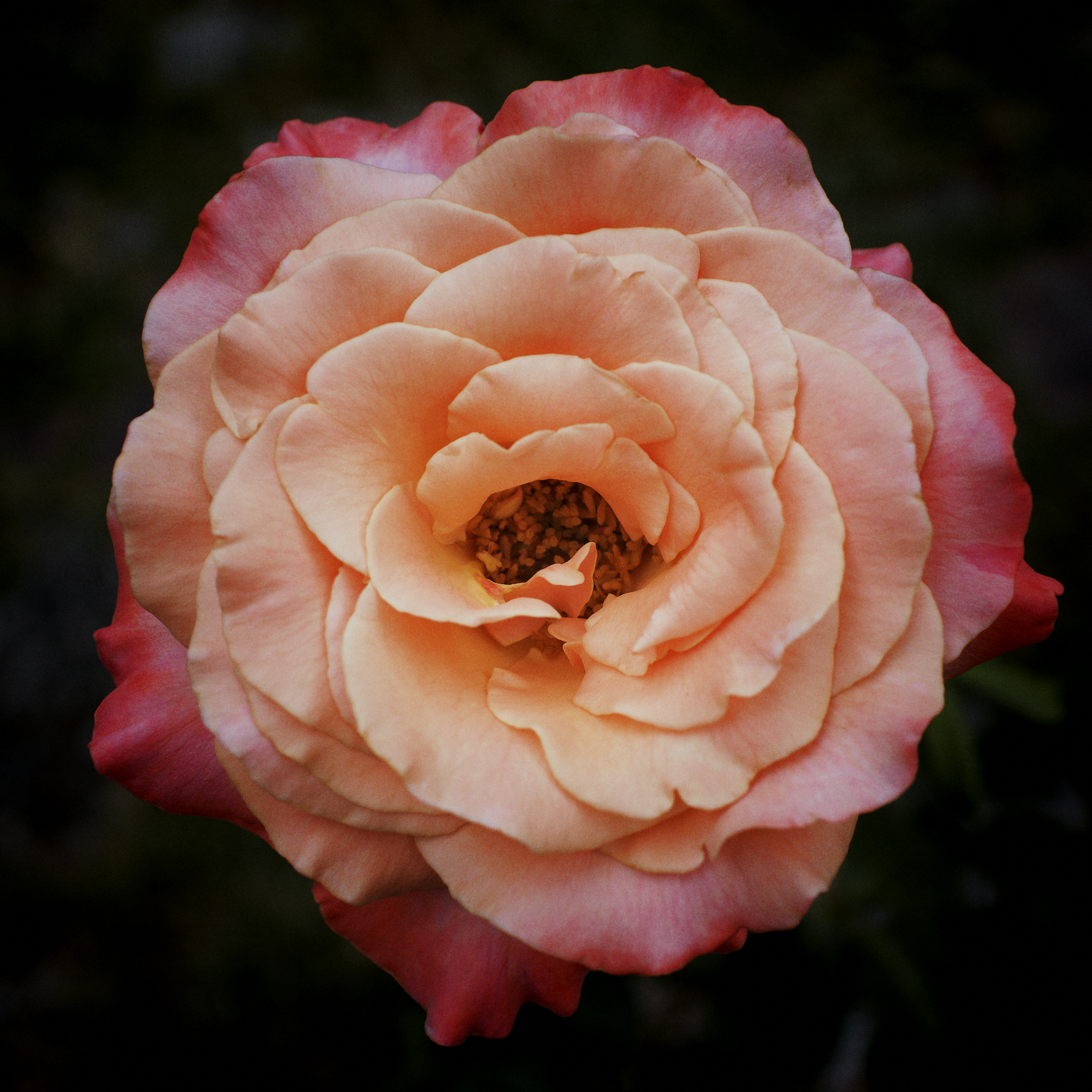
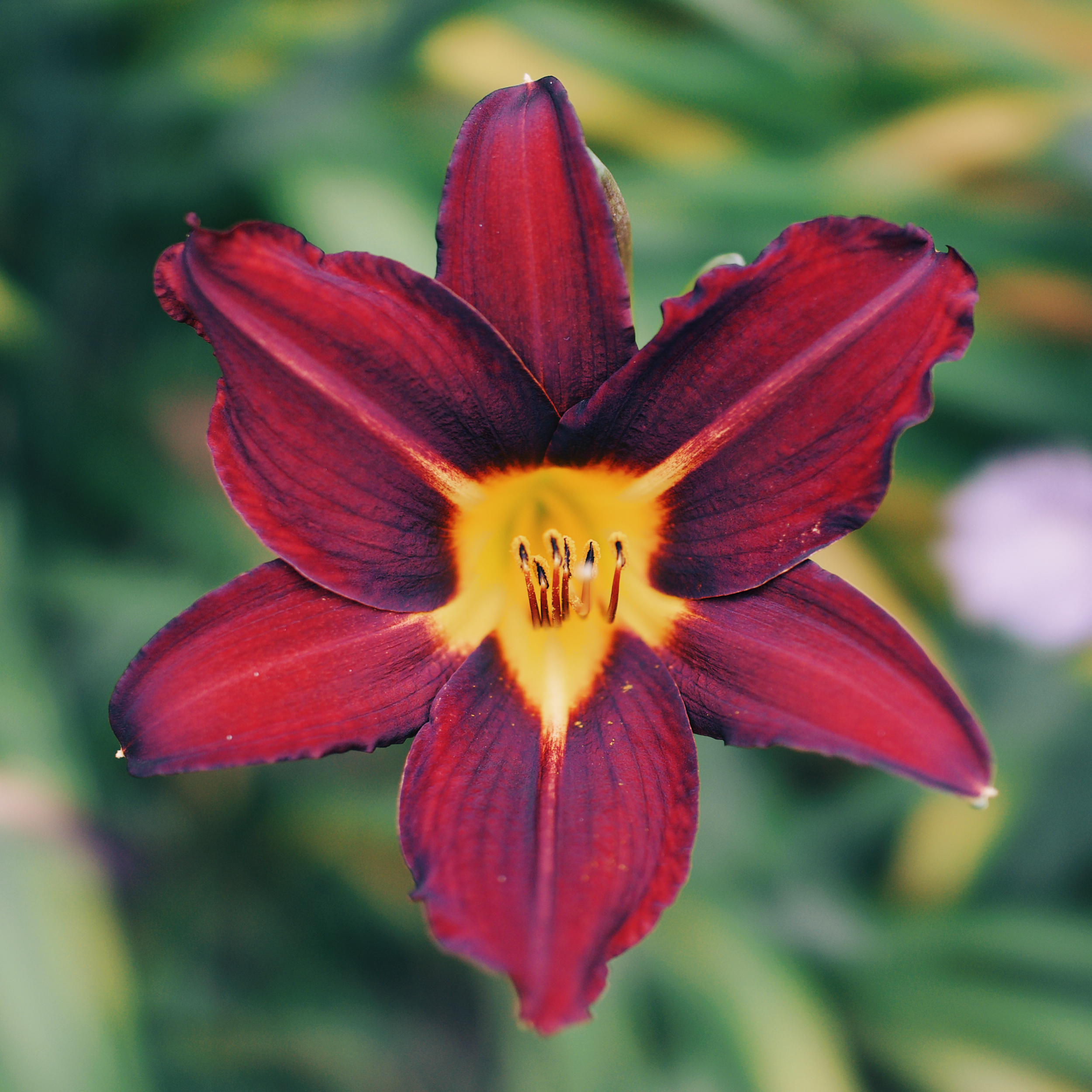
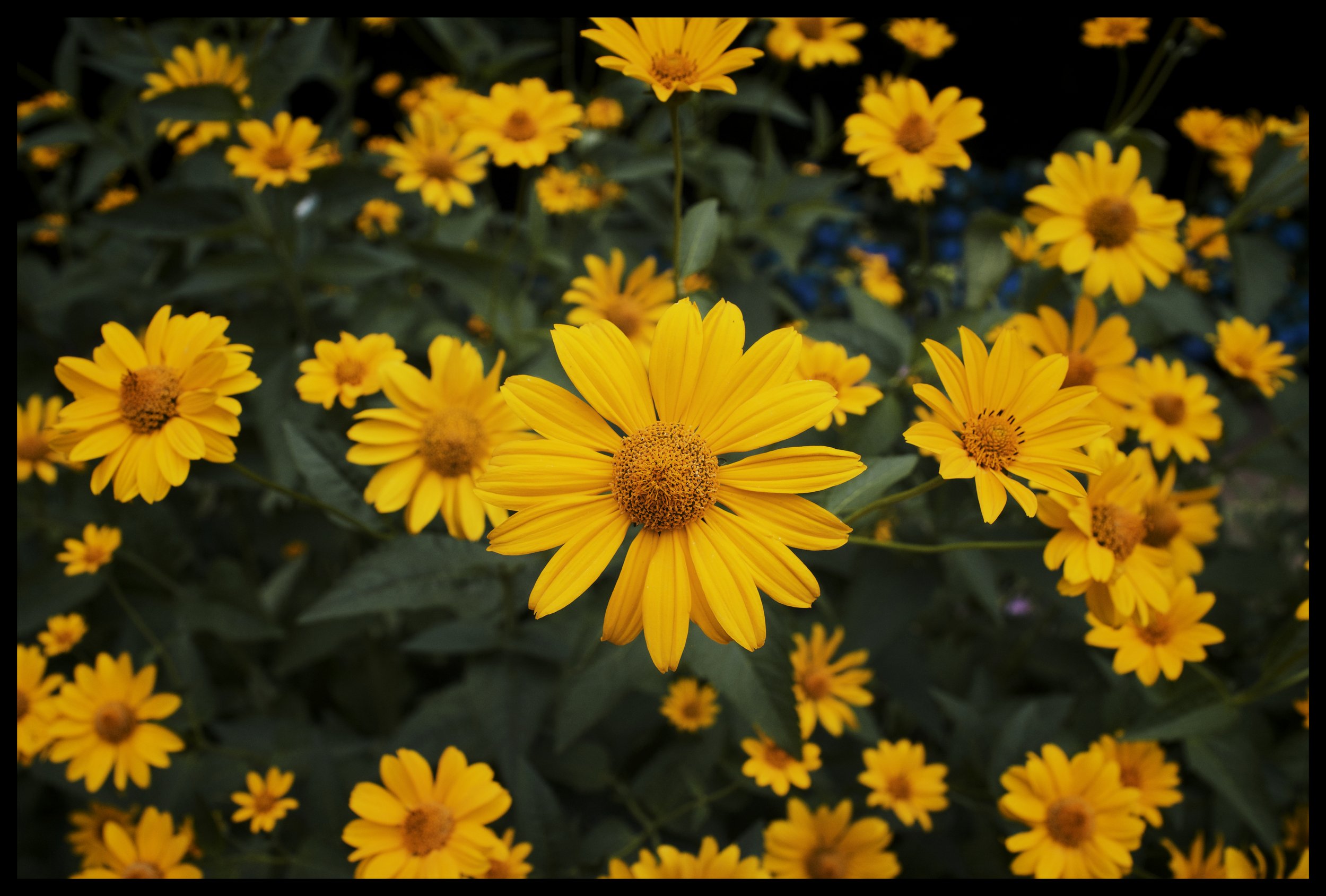
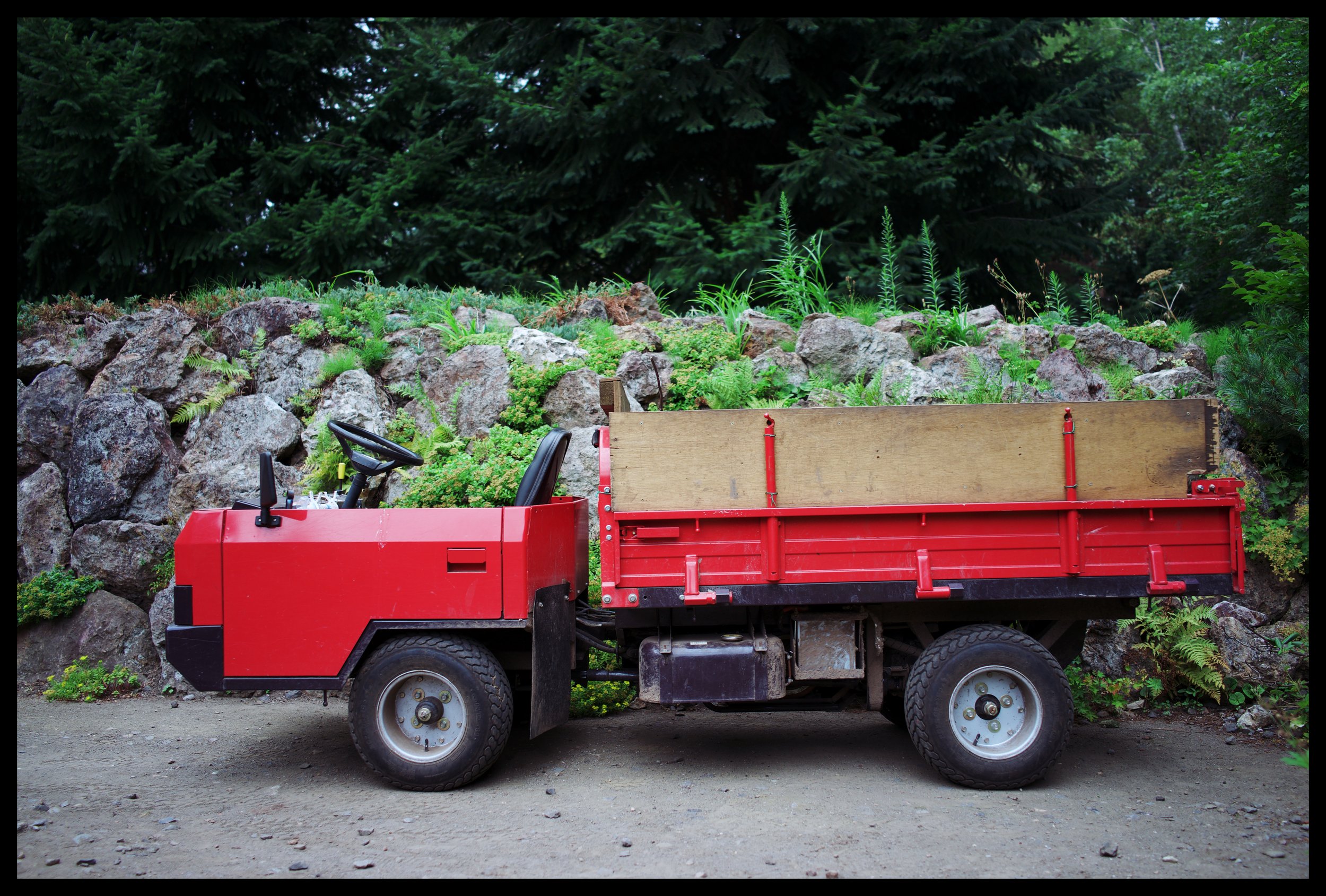
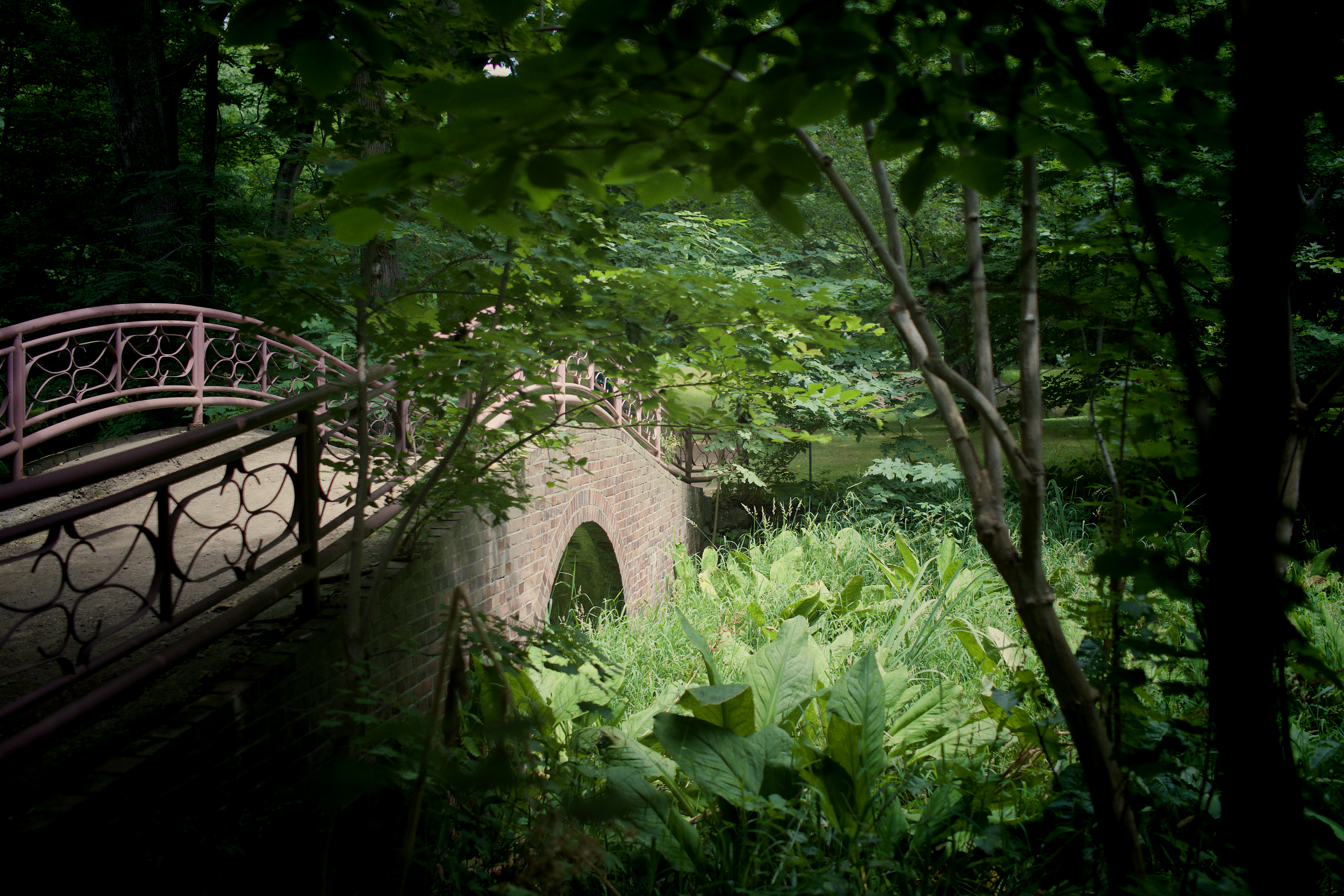
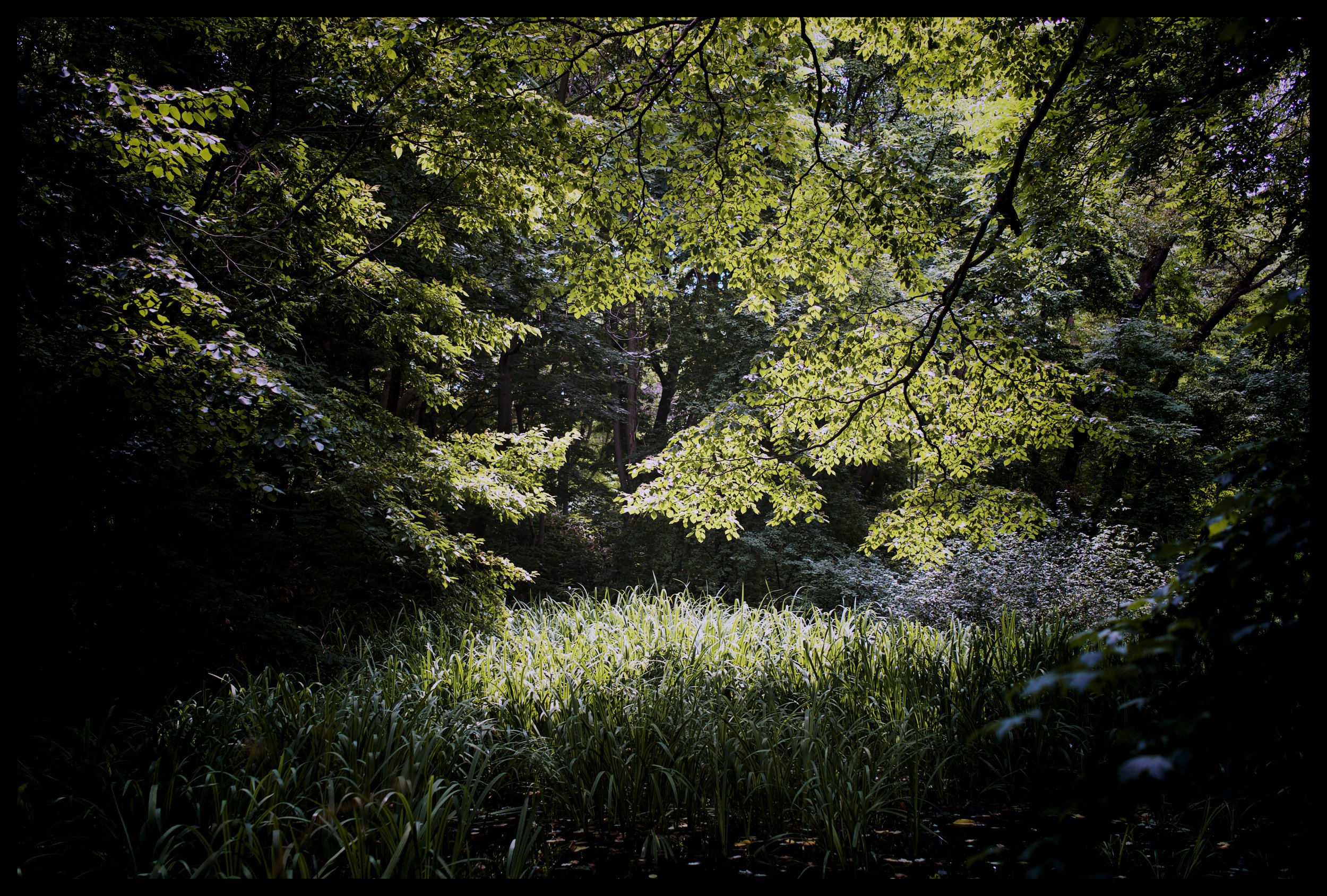
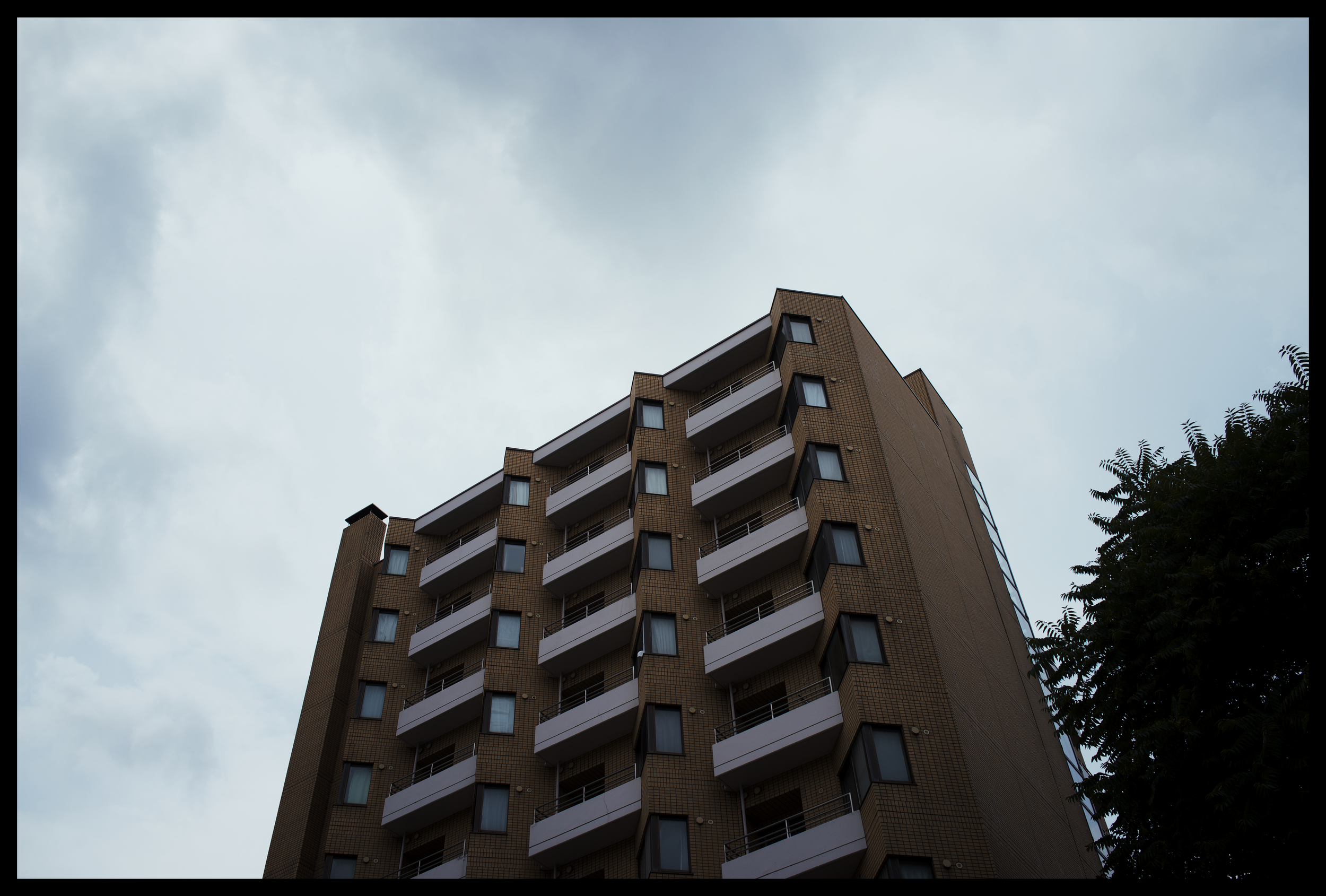
We had a nice morning walk around the gardens, and would highly recommend a visit if you’re in Sapporo for a few days.
